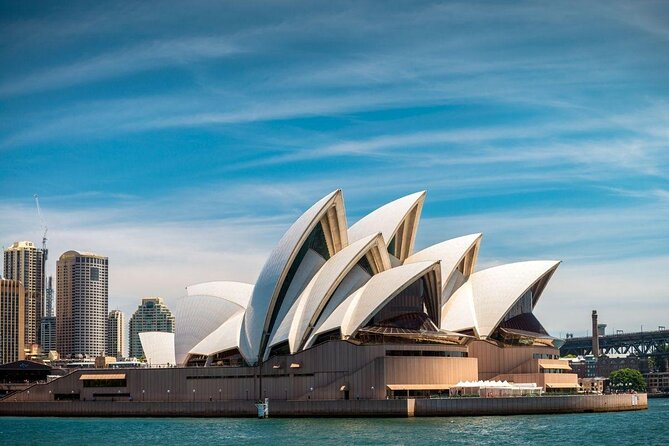From 1959 to 1973, an unprecedented project was built on Sydney Harbour. On a platform 185 meters long and 120 meters wide, one of the most striking buildings in contemporary architecture was being born: the Sydney Opera House.
In 1956, an international competition was launched to find the architect for the new Sydney Opera House. Of the 233 participants, the work of Jørn Utzon (Denmark) stood out: initially rejected by the first three judges, it was retained by the fourth, the American architect Eero Saarinen, who ranked the project among the most promising. After lengthy deliberations, Utzon was declared the winner: this was the beginning of a long construction epic that lasted from 1959 to 1973 and cost the Australian people more than 100 million dollars – well over the 7 million originally allocated to the project.
A participant in Expressionist Modernism, Jørn Utzon was an almost unknown Danish architect approaching 40 when he won the competition. Although he did not visit the construction site for his plans, Utzon used his knowledge of nautical matters to study the plans of the bay where the opera house would be located. The seaside atmosphere inspired Utzon to create the huge sail-like panels (or shells? no one has decided yet…) that will adorn the roof of the opera house; the expertise in naval architecture, acquired from his father, a shipbuilder, as well as from his training at the Danish Academy of Fine Arts, will make this unprecedented roof possible, unique in the world to this day
The roof of the opera house, which shimmers with sun and light, always offers a new sky to those who look up.
In 2013, the 6225 square meters of glass and 2194 concrete blocks, held together by 350 meters of steel cables, still impress. The roof of the opera house is always a new sky for those who look up to it, shimmering with sunlight. During the day, the light filters through the roof sections following the movement of the sun; at night, the building is transformed, sometimes softly illuminated by the whiteness of the moon, sometimes animated by multicolored and dynamic projections. Utzon, who wanted to create something alive with this enormous sculpture, succeeded brilliantly.
After conflicts with the Australian government, in 1966 Utzon abandoned his project and returned to Denmark – he would never see his project other than through the small screen. In 1973, at the inauguration of the Opera House, the Queen of England presented him with the Gold Medal of the Royal Australian Institute of Architecture… in his absence. Contact between Jørn Utzon and Sydney was not re-established until the 1990s, when the architect was appointed to consult on future renovations of the Opera House.
